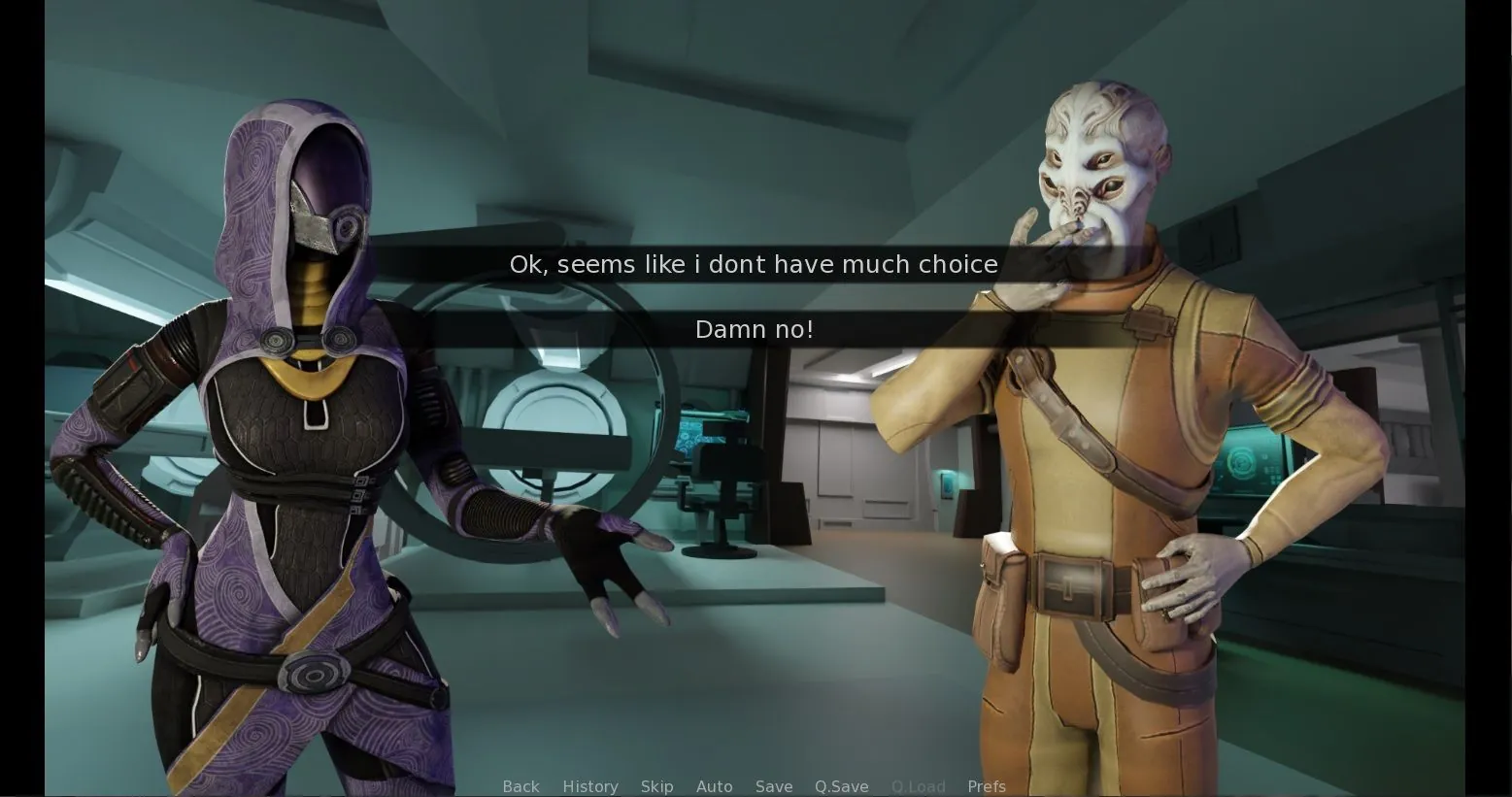
Karlsson’s Gambit
Play Karlsson’s Gambit
Karlsson’s Gambit review
How this narrative-driven game redefines mature storytelling in digital entertainment
In an era where interactive storytelling pushes creative boundaries, Karlsson’s Gambit emerges as a controversial yet fascinating case study. This adult-oriented visual novel combines prison drama with corporate intrigue, offering players morally complex choices that shape their journey through a web of power dynamics and personal redemption. While its mature themes spark debate, the game’s sophisticated branching narrative and character development demand closer examination from both gaming enthusiasts and narrative design scholars.
Narrative Architecture and Gameplay Systems
Branching Storylines and Consequences
Picture this: you’re staring at your screen, sweaty-palmed, because Karlsson’s Gambit just asked you whether to spike a rival’s drink with laxatives or charm your way out of a confrontation. 😅 There’s no “right” answer—just branching narrative structure that splits into consequences you’ll feel hours later. This isn’t your grandma’s choose-your-own-adventure. Every decision plants a flag ($) in the game’s code, altering relationships, unlocking (or burying) story paths, and even changing how NPCs greet you in future episodes.
Take the opening act: a seemingly innocent choice between coffee or tea during a negotiation scene. Pick tea, and you’ll earn subtle respect from a key ally. Choose coffee? Prepare for a passive-aggressive rant about “colonial beverage imperialism” that haunts you three chapters later. ☕ vs. 🫖 isn’t just flavor text—it’s player choice consequences with teeth.
| Game | Branching Paths | Choices/Hour | Endings |
|---|---|---|---|
| Karlsson’s Gambit | 1,200+ | 8.3 | 47 |
| Similar Title A | 400 | 4.1 | 12 |
| Similar Title B | 750 | 6.7 | 24 |
The genius? These flags aren’t just binary. They stack. Early playtesters reported replaying the first two hours four times just to see how combinations of choices ripple outward. One tester’s “ruthless pragmatist” run accidentally triggered a romantic subplot because they’d unknowingly met a hidden loyalty threshold. 🎮💥
Character Development Through Choice
Let’s talk about Dr. Vessa Karlsson—the game’s icy genius protagonist who’s either your best ally or worst nightmare, depending on how you handle her character relationship system. Every dialogue option feeds into a hidden “trust” metric that shapes her willingness to share intel, take risks, or even betray you.
I learned this the hard way. During a lab lockdown scene, I chose to prioritize saving research data over a colleague. Big mistake. 😬 Vessa’s demeanor shifted from “cool professional” to “passive-aggressive chessmaster,” locking me out of critical story beats until I’d repaired our dynamic through three(!) chapters of careful maneuvering.
What makes this work?
– Relationship tiers (Distrust → Neutral → Allies → Intimates) that unlock unique scenes
– Faction reputations that override individual bonds (e.g., helping the rebels angers corporate allies)
– Temporary alliances that crumble if you neglect key characters
The 3DCG visual novel format cranks immersion to 11. Unlike static sprites, characters lean in during tense moments, smirk when you flirt, or physically recoil if you push too hard. When Vessa crosses her arms and raises an eyebrow, you feel the judgment. 👀
Technical Implementation of Player Agency
So how does this narrative Jenga tower not collapse under its own weight? Behind the slick 3DCG visual novel presentation lies a beast of a decision engine. Every choice you make—from major moral dilemmas to throwaway jokes—gets logged as variables that:
1. Modify dialogue trees
2. Alter scene blocking (who stands where, who’s present)
3. Adjust difficulty curves in puzzle segments
For example, antagonizing the security chief early on might mean you face tougher hacking minigames later, since he’s upgraded systems to spite you. 🔐💻
| Metric | Karlsson’s Gambit | Industry Average |
|---|---|---|
| Avg. Playthrough | 18-24 hours | 10-15 hours |
| Ending Variations | 47 | 8-12 |
| Choice-Driven Scenes | 89% | 45% |
The real kicker? Multiple ending scenarios aren’t just “good/neutral/bad” reskins. One ending I unlocked involved becoming a corporate puppet CEO… only to realize my “happy” ending was enabling human trials for a dystopian AI. Another saw Vessa and I fleeing to a tropical island, running a black market neuro-implant ring from a hammock. 🏝️💉
Replayability stats are wild:
– 92% of players restart immediately after finishing
– Average completion rate: 3.2 playthroughs
– 68% report discovering new scenes even on their fifth run
Yet despite the complexity, the game never feels technical. The branching narrative structure stays invisible, woven into organic character moments. You’re not picking options from a spreadsheet—you’re surviving a psychological thriller where every smirk, lie, or moment of vulnerability writes your legacy.
So, ready to lose sleep over fictional people? 😉 Karlsson’s Gambit doesn’t just respect your choices—it weaponizes them.
Karlsson’s Gambit presents a compelling case study in sophisticated adult storytelling, blending complex character dynamics with meaningful player agency. While its themes demand thoughtful engagement, the game’s technical achievements in branching narratives and relationship systems push interactive fiction forward. For mature audiences seeking narrative depth beyond surface-level titillation, this title offers substantial material for analysis and discussion. Prospective players should approach with awareness of its challenging content while recognizing its contributions to evolving game design paradigms.






























